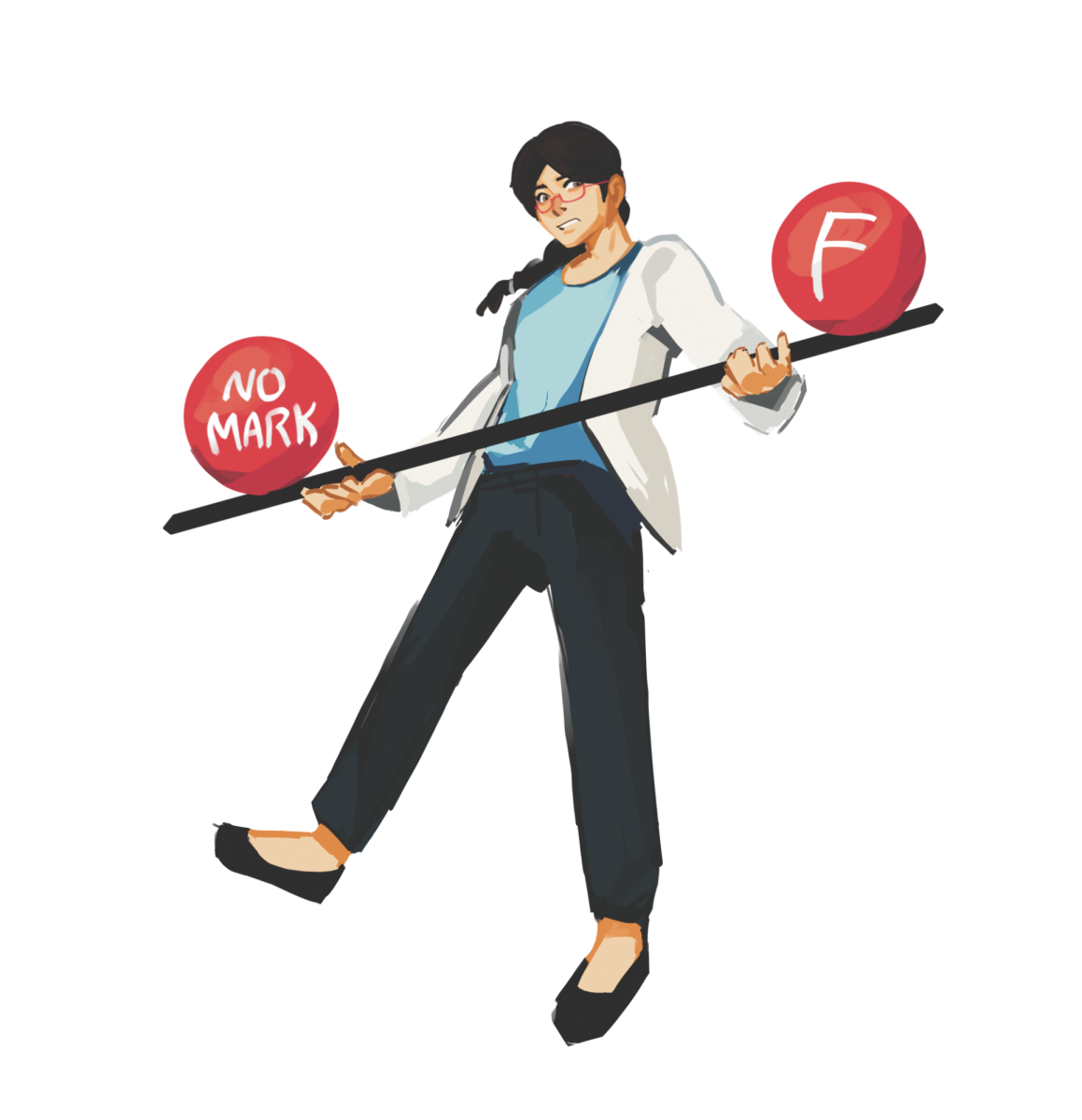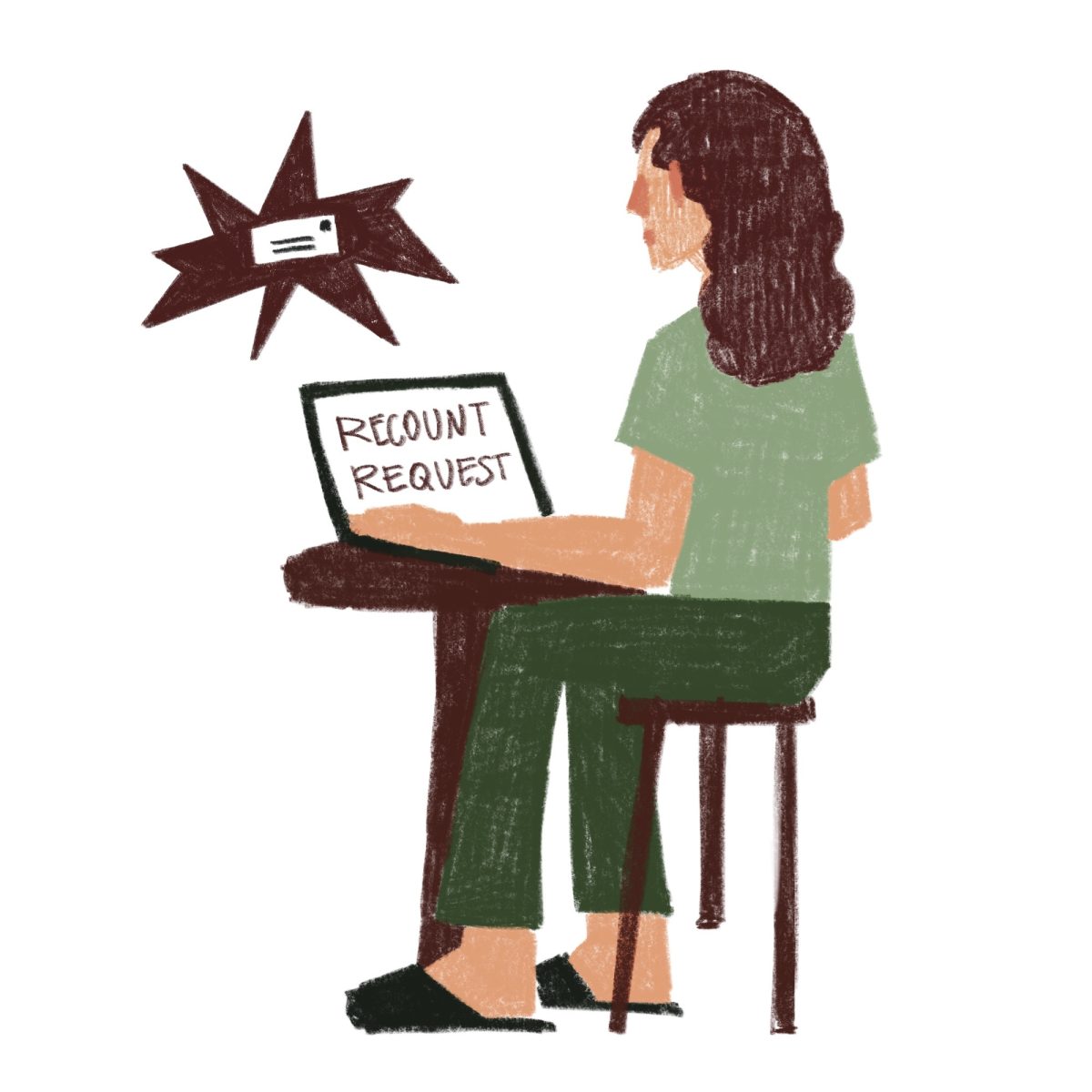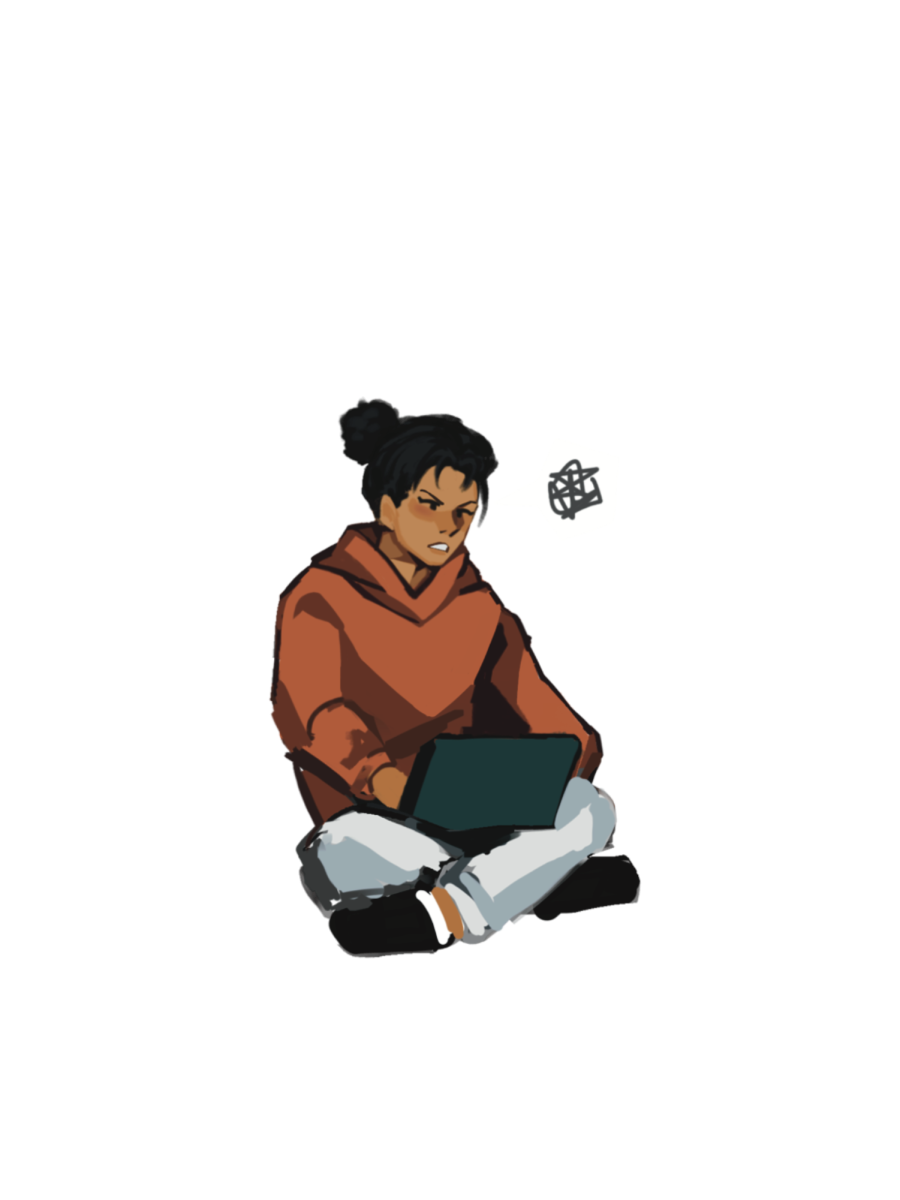These may be signs of underlying mental health issues, such as anxiety and depression. According to the Anxiety and Depression Association of America, though anxiety and depression and substance abuse are experienced independently, together they can perpetuate a vicious cycle. The popularity of these substances may be attributed to recent cultural shifts across the country and mental health problems within the community.
“What we’re seeing is many of our clients are self-medicated, meaning that they are dealing with some mental health issues, meaning that they’re self-medicating, so they might have anxiety, or feeling depressed or anxious, or they may have heavy-duty stress, academic pressures,” Mayer said. “But more importantly, what I call the ight to intoxication that they really are involved in just wanting to feel the feelings that they’re having, and wanting to feel and get out of what’s going on. So, they’re using, not only weed, not only alcohol, but this combination, and sometimes it can be a really lethal combination.”
Policy, such as changes in state laws, has influence on teen behaviors. The voter initiative for the legalization of marijuana in California will appear on the ballot on Nov 8. According to a survey released by the Public Policy Institute of California in May, 60 percent of likely voters believe that marijuana use should be legal. Also, new laws lessen charges for teens caught with illegal substances.
The use of these illegal substances is already very detrimental because adolescents can easily abuse them; however, combinations can prove even more damaging.
“When you start combining things, that’s when it can get really really scary,” Mayer said. “Because, what’s happening is when you’re using maybe marijuana and alcohol and you add something else, that’s when your body’s not quite sure what’s happening. A stimulant and a depressant, your body’s asked to do two different things.”
Contrary to what some might suspect, being in an affluent area does not mean kids will not be at risk for heavy drug and alcohol use.
“I think we do see trends that start in certain areas, but our area is not immune,” Mayer said. “So I say drug abuse and drug addiction is not immune to any particular educational level, or income level, zip code, but it will come around to this area.”
Marijuana is addictive, has detrimental e ects on the brain and is a potential gateway drug to harder drugs like cocaine and heroin, according to the American College of Pediatricians. According to Palo Alto Online, new laws may contribute to the increasing number of young adults using and abusing alcohol and drugs.
However, according to a Washing- ton Post article, marijuana legalization in Colorado did not lead to a rise in use among young adults.
ACS has a program speci cally for substance abuse titled the Ado- lescent Substance Abuse Treatment Program. The approach includes family participation, counseling and a 12-step approach. The treatment process includes a three-hour assessment, treatment and aftercare. The assessment strives to hold one-on-one discussions with parents and teens, where underlying mental and emotional issues are discussed and, finally, shared recommendations that are based on the information previously gathered.
Centers like Adolescent Coun- seling Services (ACS) are important because they provide valuable support to youths who are not educated on the the effects of unhealthy drug and alcohol use.
“[Counselors] have to understand people your age group. Not just because they understand drugs and alcohol in adults, because it’s different. Like, when teenagers drink, they don’t necessarily drink wine like adults do and they don’t measure you know a drink, like a hard alcohol drink. So, you have to be able to talk to someone who’s educated and non-judgemental.”








